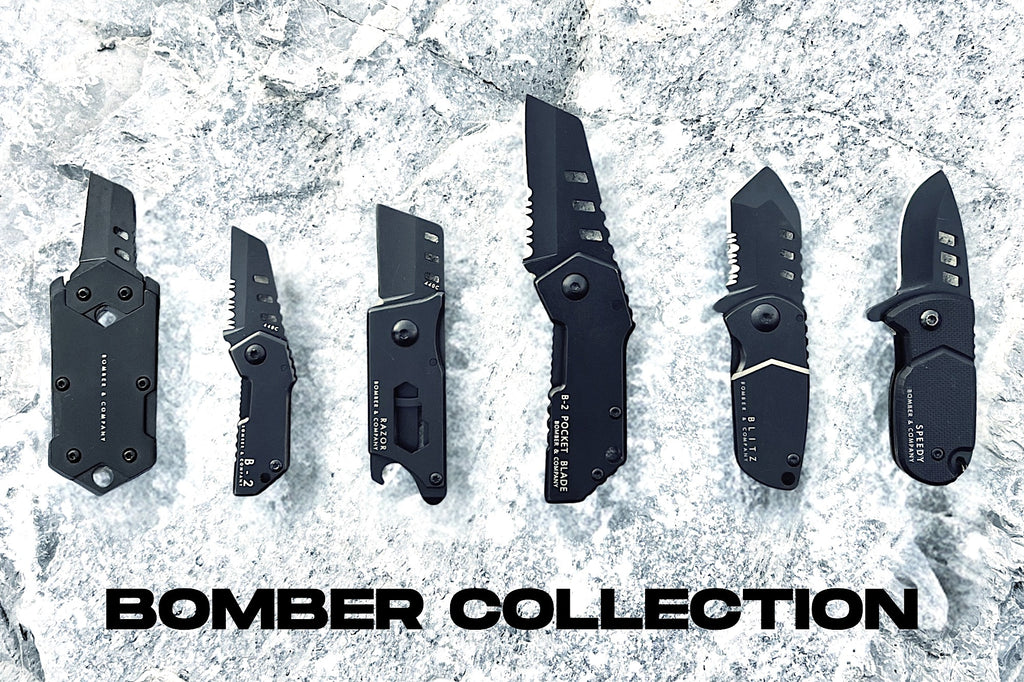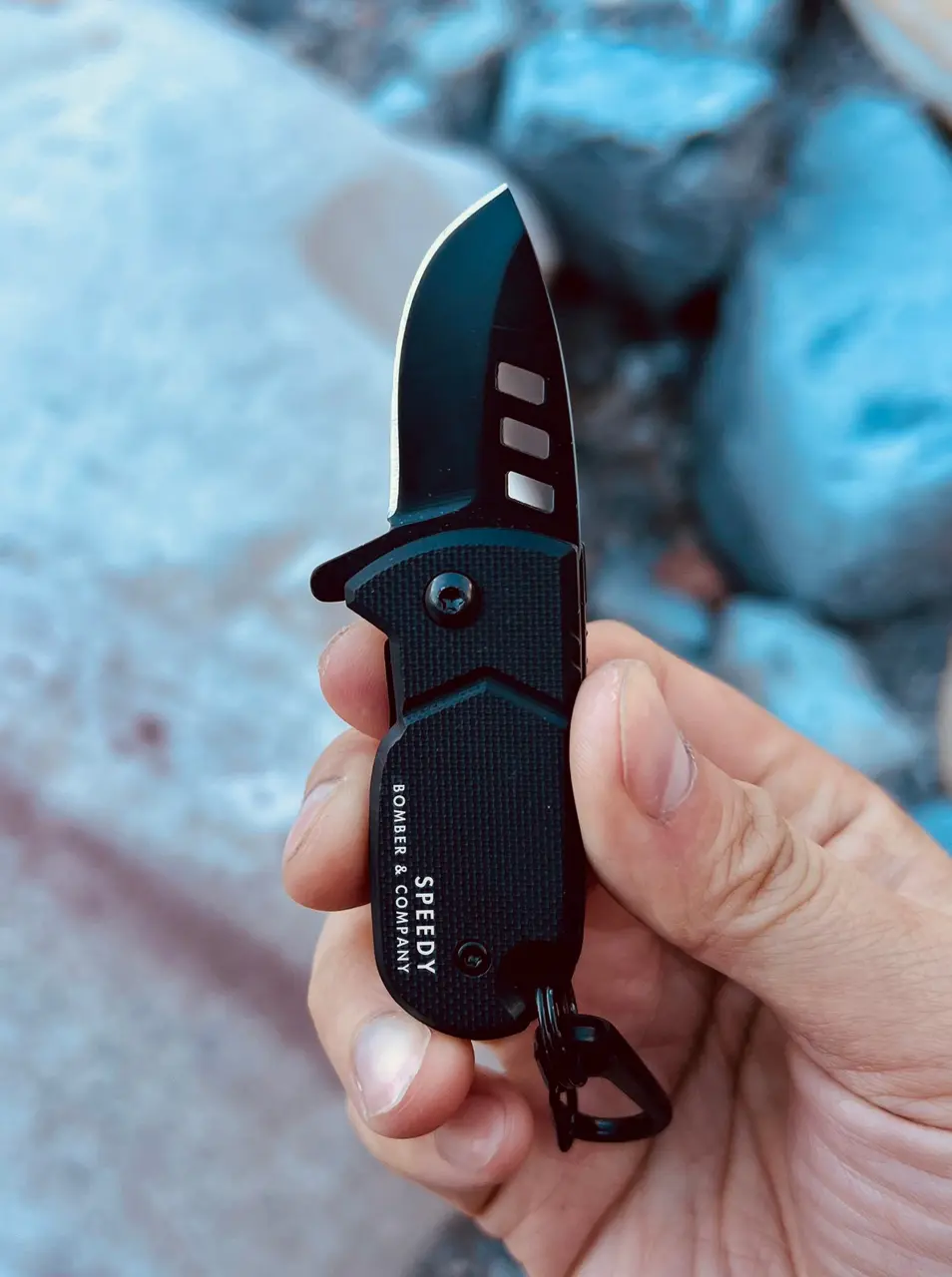How Do Spring Knives Compare to Traditional Folding Knives?

Curious about the differences between spring knives and traditional folding knives? Dive into our comprehensive guide to discover the unique features of each type and find out which one suits your needs best.
Key Differences
Spring knives, also known as automatic knives or switchblades, differ from traditional folding knives primarily in their opening mechanism. Unlike manual folding knives that require manual intervention to open, spring knives boast a spring-loaded blade deployment system activated by a switch or button.
In contrast, traditional folding knives rely on a manual opening mechanism where the user needs to physically engage with the blade to fold or unfold it. This fundamental distinction presents users with a choice between the speed and efficiency of spring knives or the traditional charm and simplicity of folding knives.
Furthermore, spring knives are typically perceived as more suitable for one-handed operation due to their swift blade deployment. On the other hand, traditional folding knives may require the use of both hands to open and close securely, which can be seen as a drawback in certain situations.
Considering the legal implications, spring knives are subject to more stringent regulations in many regions due to their rapid deployment capabilities, which is a crucial factor to keep in mind when deciding between the two knife types. Each option offers a distinct set of advantages and considerations for users to weigh based on their preferences and requirements.
Blade Mechanisms
The functionality of spring knives contrasts starkly with that of traditional folding knives in terms of their blade deployment mechanisms. Spring knives feature a spring-loaded blade that is typically activated by a button, switch, or lever, allowing for rapid one-handed opening.
On the other hand, traditional folding knives incorporate manual opening systems such as thumb studs, nail nicks, or flippers, which necessitate user interaction to deploy the blade. This manual operation lends a sense of control and physical engagement that some users appreciate in traditional folding knives.
Moreover, the locking mechanisms in both knife types play a crucial role in ensuring blade safety during use. While both spring and folding knives can incorporate various locking systems like liner locks, frame locks, or button locks, the perception of blade security may differ between the two based on personal preferences.
Safety Features
Safety features are paramount considerations when comparing spring knives to traditional folding knives. Spring knives often include integrated safety mechanisms that prevent accidental blade deployment, reducing the risk of unintended injuries or damage.
In contrast, traditional folding knives rely on manual handling for opening and closing, requiring users to exercise caution to avoid mishaps. The absence of automatic blade deployment in traditional folding knives can be viewed as a safety advantage by some users, as it minimizes the likelihood of unexpected blade exposure.
However, proper handling, storage, and maintenance practices are essential for ensuring safe usage of both spring and traditional folding knives. Understanding the specific safety features and operational requirements of each knife type is key to promoting a safe and secure cutting experience.
Legal Considerations
Navigating the legal landscape is crucial when comparing spring knives to traditional folding knives, as regulations surrounding these blade types vary widely depending on jurisdiction. Spring knives, with their rapid deployment capabilities, are often subject to stricter laws and restrictions compared to traditional folding knives.
Individuals interested in owning a spring knife should research and comply with local laws governing their possession and use, as ignorance of legal requirements can lead to serious consequences. In contrast, traditional folding knives, while generally more widely accepted, may still be subject to certain restrictions in specific regions.
By familiarizing yourself with the legal considerations related to spring knives and traditional folding knives, you can make informed decisions regarding their purchase, possession, and usage. Respecting legal guidelines not only ensures compliance but also promotes responsible knife ownership within your community.
Choosing the Perfect Blade for You
Whether you’re looking for the convenience of a spring knife or the reliability of a traditional folding knife, understanding the distinctions between these two options is key. Pick the one that complements your style better and enhances your cutting experience. Embrace the versatility and precision of your chosen blade!

